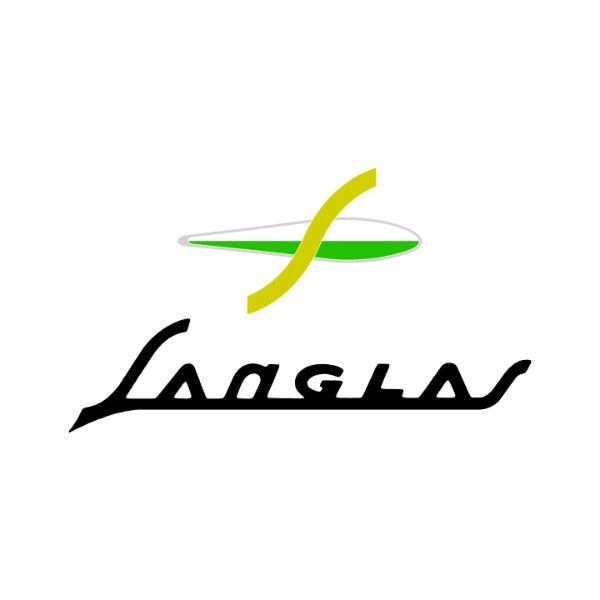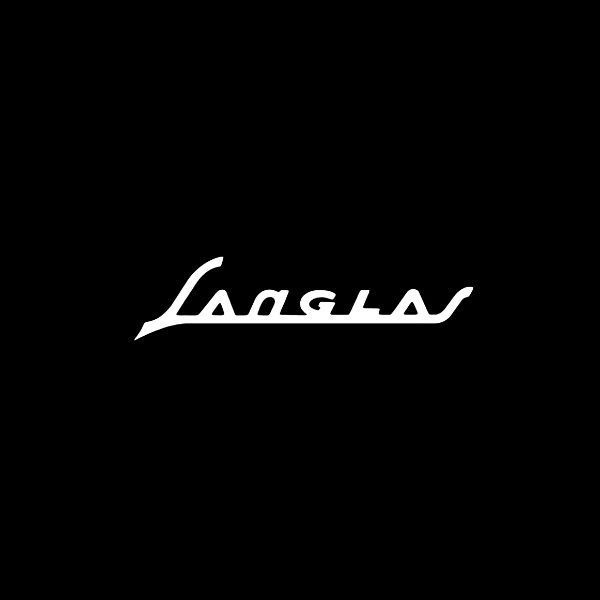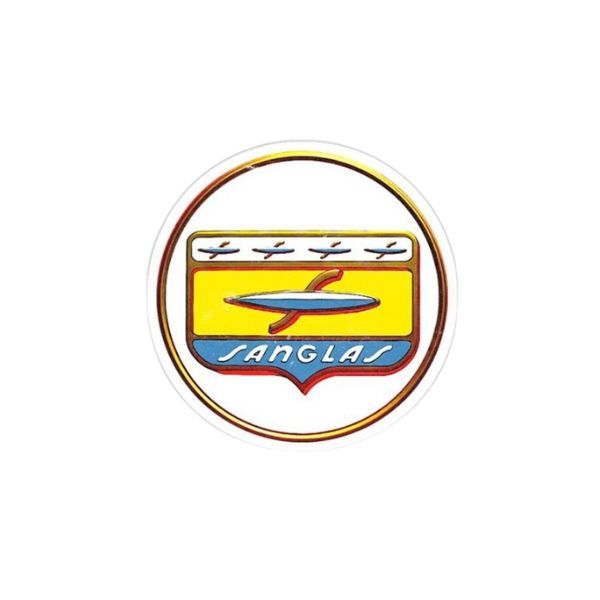Sanglas
The story of Sanglas motorcycles is not just an exciting chapter in Spain's industrial history, but also a narrative of innovation, ambition, and resilience that resonates across the motorcycle world. From its origin to its ultimate dissolution, the Sanglas brand has left a mark that still echoes in the hearts of motorcycle enthusiasts.

As Europe faced a grim reality in 1942, two engineering students from Barcelona, inspired by German and English designs, envisioned a national motorcycle vehicle industry. The Sanglas brothers, with their father's financial backing, set out to create large displacement motorcycles to rival giants like BMW, Zündapp, and DKW. These endeavors laid the groundwork for a Spanish motorcycle brand that would grow to become synonymous with quality and technological advancement.
By 1948, after rigorous testing and development, Sanglas had reached 200 units in production. The brand's inception was marked by technological feats and a production plant equipped with advanced machinery and facilities. As demand for medium and high displacement motorcycles grew, Sanglas seized the opportunity by blending the best of German and English designs.
Over the years, Sanglas introduced several groundbreaking models, showcasing its prowess in design and manufacturing. The introduction of the 347.75 cc motorcycle, followed by the 500 cc version in 1952, signaled a move towards tourism and long-distance travel capabilities. These models set the stage for Sanglas to solidify its reputation in the market.
With the emergence of affordable four-wheel vehicles like the Seat 600, Sanglas faced a significant challenge. However, innovation continued with the production of models like the fiberglass sidecar in 1957 and the Mountain II motorcycle. These developments helped sustain the brand amid industry changes and shifting consumer preferences.
By the late 1950s, the automotive landscape was evolving rapidly, forcing brands like Sanglas to adapt. Embracing new displacement motorcycles and models like the "Cormática" enabled Sanglas to maintain relevance and continue thriving. The innovative approaches also led to the 400T four-stroke motorcycle, considered the last authentic Sanglas, symbolizing a persistent commitment to quality and innovation.
As the 1970s unfolded, Sanglas took significant strides towards expansion and modernization. The launch of the 500 S model marked a reconnection with racing culture and led to comparisons with global brands like Yamaha. Efforts to explore foreign markets, however, were met with challenges, including financial struggles and failed merger attempts. Despite the challenges, Sanglas continued to innovate, introducing models like the 500 S2 and expanding its relationship with Yamaha. Ultimately, the complexities of international trade agreements and a shifting market landscape led to the sale of the brand to Yamaha. On April 5, 1989, the production of the last Sanglas model marked the end of an era.
Though the Sanglas brand may no longer exist, its legacy continues to inspire motorcyclists and engineers alike. The remarkable journey of two brothers who dared to dream and the brand that shaped the Spanish and European motorcycle industry will forever remain a significant chapter in motorcycle history.
Additional Sanglas Logos
Author: William Flaiz





